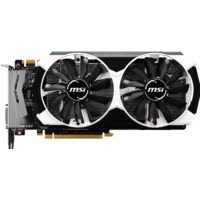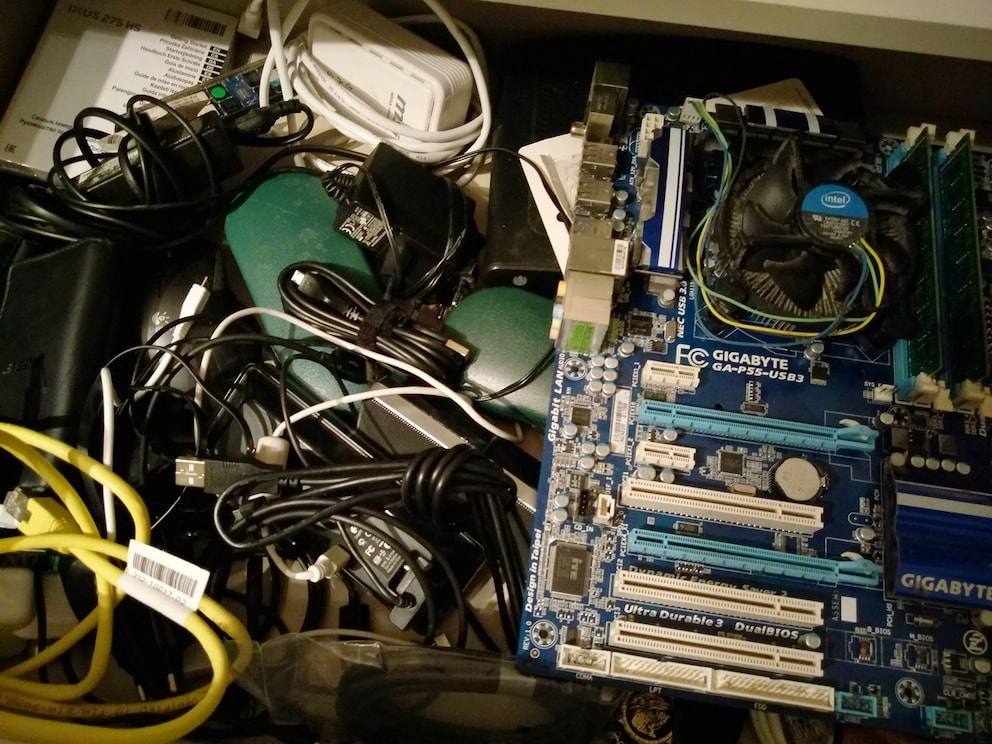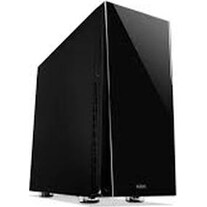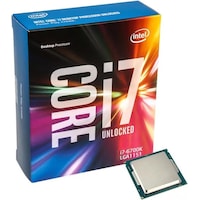
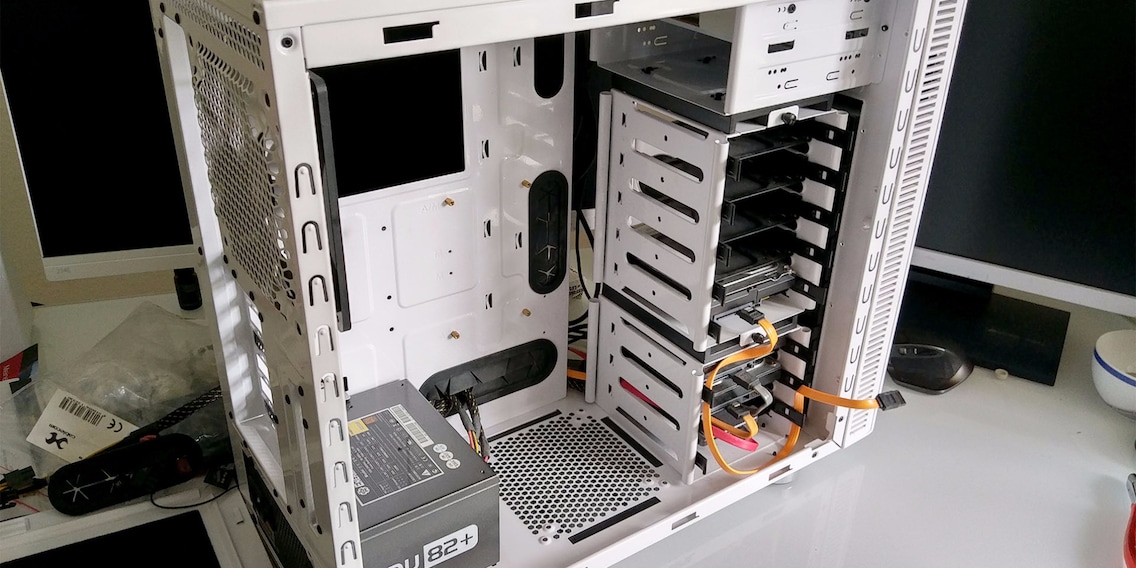
Why you should build your own PC

I always build my own PCs, just like a lot of you digitec users out there. But instead of presenting you with my latest setup, I’ve decided to encourage everyone to join us and build their own PC.
It’s Saturday morning and I’m in Coop stocking up on junk food and cola. The reason for this is that my best friend’s coming over for our annual ritual: Building a PC. We’ve been doing this since we were 14 years old. My old PC is long past its prime and some parts are almost 10 years old. High time to give the old machine a general overhaul.
Today, we’re replacing the graphics card, processor, RAM and mainboard. It’s the first phase in setting up a modular and future-proof infrastructure for a smart home. My new setup:
Extension cables always come in handy.
So why do I need my best friend at my side for modifications that are really quite simple to make? The whole thing only takes a bit under two hours and might even be done faster if he weren’t here. But it’s not about that. It’s about emotions and not technology.
More than a throw-away article
These days, buying a laptop, a mobile or a tablet involves nothing more than unpacking it. You’re not really taking a critical look at its hardware. This makes your device a throw-away article.
However, when you build your own PC, it becomes much more than "that box in the corner". As New-Agey as that may sound, it is a fact that you will know every single piece and put a lot of emotions, thought and effort into it. You will have asked friends, acquaintances, the Internet and experts for advice. A homemade PC is a combination of the knowledge of many sources, the thoughts and input of people around you and your very own ideas. Sounds better than just taking a device out of its box, right?
We’re 14 again
"How much dust fits into a processor cooler?", asks my friend as I’m piling up all the cardboard boxes for recycling. “No idea”, I reply and put the string aside to take a look at the dust in my ancient processor cooler. Impressive. “Yep, that’s dust alright”, I reply. For some reason, this makes us both laugh.
Old parts expertly placed in the "cable archives" for a while. Just in case anything goes wrong with the new bits.Looking back on Saturday afternoon, I’ve got to admit that, objectively speaking, only very few of the jokes we cracked were funny. We’re just two blokes armed with screwdrivers, dust cloths and snacks fiddling with a PC and having a good time. We joke around, talk about everything and nothing and soon kind of forget about our smartphones, girlfriends and jobs. It’s like we’re 14 again and discovering the innards of a machine we use on a daily basis. Some dust here, cardboard boxes there, new technology in antistatic plastic bags. Loads of fun.
And that’s what makes my PC great, no matter how old some of its parts are. I know my computer like the back of my hand and the whole experience of building it is a really nice memory that holds a special place in my heart. I remember almost every afternoon spent tinkering with that PC. Like that time ages ago, when we equipped ourselves with tools we found in the attic and, for the first time ever, opened a computer – none other than the brand-new Compaq Presario with its mind-blowing 450MHz. One of the burning questions we asked ourselves was if we could use the new ISDN line despite having demounted the case cover. First modifications soon followed. A new hard disk, Windows upgrades and a new case a few years later. The Compaq case was already pretty battered before we started working on it. This all happened over at my friends’ house.
One time, we spray-painted a keyboard black, just like Zero Cool in the movie “Hackers” had done. Even though we found out that spray paint is really sticky, it worked really well.
On one occasion, we freed my PC of its bulky case and gave it a slim one. It was the first case for which I didn’t use any LEDs. To this day I don’t understand the purpose of power-on LEDs. I mean, who needs a lamp to tell them that their PC is running? I’ve stayed true to having a lampless PC; much to the disbelief of the case modding scene.
My case is white but it's the same typeI gained a lot of my knowledge about PCs (hardware and software) from my tinkering with them. Of course, there was the occasional mishap but when everything went totally pear-shaped, there was always a professional PC building/repairing expert to fall back on.
Done. The network connection still runs via wi-fi as the migration to fibre-optic is not quite ready.I still make mistakes. Observant users might have noticed that the picture at the top of this article shows that my hard disks are built in the wrong way round. We noticed the mistake about two years after we’d made it and corrected it right away.
Better late than never
“Yeah, but… you’ve been working on it for ages. You’re better at it than me”, some of you may say. That’s true but beside the point. We live in a time in which we’re more dependent on computers than ever before. Not understanding them any better than a five-year-old child holding an iPhone for the very first time is a bit of a pity, don’t you think? To overstate my point, it would mean that we stop learning anything about devices after five years and would be confronted with 75 years of mega boredom.
Last but not least a few tips:
- Be careful
- Take photos of everything so you can reconstruct how everything looked before
- All screws should be tight but don’t go crazy with them
- Some slots have bars that keep thinks in place
- Your PC’s inside appreciates clean hands
- Everything is marked on the mainboard. The writing’s small but legible
- After you’ve removed all parts from the PC, use the vacuum to clean
And now: Get your screwdrivers out, open up that PC and see what you can do.


Journalist. Author. Hacker. A storyteller searching for boundaries, secrets and taboos – putting the world to paper. Not because I can but because I can’t not.

